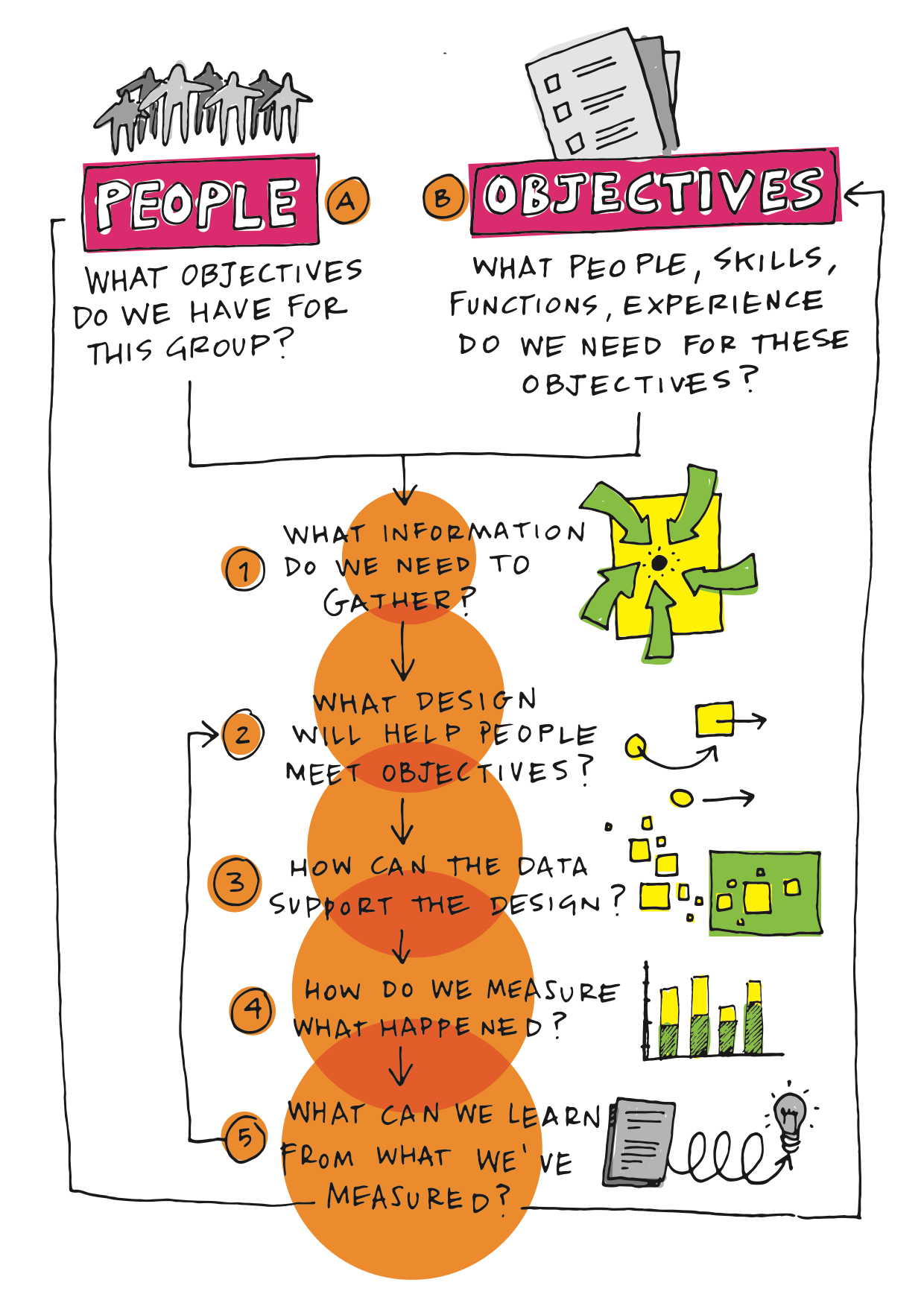Life is a series of picking teams. Starting from the playground until now—from youth sports and college study groups through your first job, subsequent career, and all the projects you’ve ever been assigned—your personal success hinges on playing well with others. Who your teammates are is random at best, and typically guided by false assumptions.
But what if your arbitrary teammates were replaced by peers who challenge you, help you grow, and accelerate your career?
Building better teams is what I do; whether leading over 100,000 people through collaborative team and project work at the world’s largest health care organization, or, as a member of the most prestigious facilitation group—The Value Web, and as the cofounder of Collaboration.AI, a new startup using social network analysis and artificial intelligence to discover deeper connections within teams. Through the combination of high-tech and high-touch methods, we’ve helped everyone from Harvard University to Oracle to the International Red Cross develop better teams. These methods are at the heart of our work for the World Economic Forum, in which we paired teams to generate new projects, rather than the other way around. That led to a 700% increase in member-led initiatives in the last three years alone.
So, how do we do it? You may be surprised to learn that the answer lies in uncovering and understanding the data of each individual. Easily the best tactic to assembling better teams is understanding all aspects of who your teammates are, so without judgment or pretense, you can begin helping them and they, you. To prove it, below is a quick summary of the method we’ve been using with the WEF and many other organizations over the last three years.

A – Start
This may sound obvious but it can’t be overstated: What is it you want the team to do? The first and most important step is to define the team’s objectives as well as determine the talent you have to build the team. Successful projects depend on a combustible mix of complementary skill sets, diversity, and close ties—or a lack thereof. reveal how success is contingent upon the makeup of the entire production team, not just star performers.
B – Get Personal
Don’t make the mistake of pegging someone as just their LinkedIn job history or their resume. If there’s one thing we’ve learned from working with some of the world’s highest overachievers, it’s that there’s no hard, bright line between the personal and professional, and that the former can be harnessed to build trust for the latter. Before social media, it used to be onerous (and too creepy) to factor in personal preferences, interests, charities, health, and even family when building tight-knit teams. And if betting the success of a project on a rigorous analysis of Facebook “likes” still sounds too risky, just ask them to answer a private, personal survey—as our social media addictions prove daily, most people love talking about themselves.
1 – Pull It All Together
Many people race to the latest trend, cool chart, or productivity craze to organize their inputs. But it’s important to first think about what information you actually need to gather. Look back at your Objectives and People to ensure you’re including the inputs necessary to meet your team creation goals. For example, as a conference organizer, do you know why each participant is attending your event? If you are creating a “tiger team” at work, do you understand each individual’s network so you can be sure they have the personal relationships necessary to bring about change? In charge of a change management program…do you know the individual triggers of change for each person to personalize their impending job shift?
2 – Use Design Thinking
“Design thinking” has become a four-letter word in some circles, and with good reason. I’ve lost count of how many times I’ve spoken to the architects of dysfunctional teams and failed projects who indignantly insist, “Oh, we did that.” Yes, they analyzed flame wars fought over email and mapped the team’s social network to definitively conclude how and when they were ostracized, but these results were never fed back into the process. Iteration is crucial to ultimate success.
3 – Use Data To Design
The loudest or most senior person in the room typically has more input as to who should be on which team. Generally speaking, this is the core mistake most organizations make. Leaders need to get their hands dirty. Take a good hard look at how their “friends” are actually bottlenecks. Understand and use all of the data to inform team creation.
4 – Measure
“At the end of the day people won’t remember what you said or did, they will remember how you made them feel,” Maya Angelou wrote. Don’t measure satisfaction scores on a scale of 1 to 5; measure how the participants actually feel about their experience. Who is still working together six months later? Which pairs of team members have spawned projects since? Whose email traffic to new people has steadily increased since the team disbanded? Measure broader networks, new ideas, personal impact, and greater productivity. And if measures don’t exist, devise them.
5 – Rinse, Repeat
Dissatisfied with the lack of team creation tools at our disposal, our team banded together to build the world’s first team creation engine. Visit Collaboration.AI’s Quick Connectors to start using your data to create great teams.
Recognize your brand's excellence by applying to this year's Brands That Matters Awards before the early-rate deadline, May 3.
